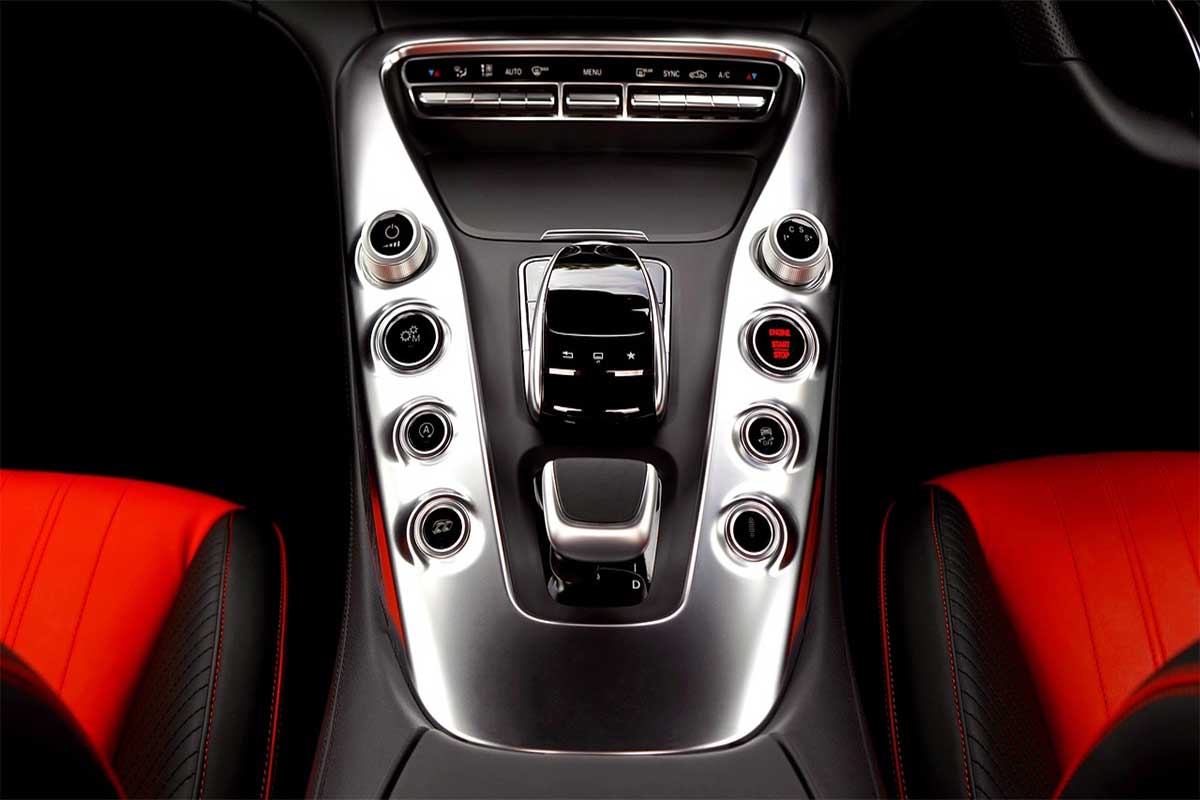Over the past decade, the automotive industry has witnessed a technological revolution that has transformed the way we drive, taking safety, comfort, and sustainability to the next level. This article describes twelve 12 automative technology innovations of the past decade that have reshaped the way we drive.

Autonomous Driving
The past decade has been a pivotal period for autonomous driving technology thanks to significant improvements occurring in recent years. In 2020, Tesla unveiled its Full Self-Driving (FSD) package, which marked a significant leap towards. Other giants like BMW, Audi, and Volvo follow its lead and also introduce autopilot features. While full autonomy remains an aspirational goal, features like adaptive cruise control, lane-keeping assistance, and self-parking have already enhanced the driving experience for countless individuals.
Electric Propulsion
Electric propulsion has become possible after a notable breakthrough in battery technology. The introduction of Tesla’s Model S in 2012 with its impressive range set the stage for electric vehicles (EVs) to go mainstream. In 2023, electric cars are no longer niche products: they are practical, affordable, and available from numerous manufacturers. Transition to electric propulsion creates a win-win scenario for both consumers and the environment.
Connected Cars
In 2014, Apple CarPlay and Android Auto appeared, allowing drivers to seamlessly integrate their smartphones with their vehicles’ infotainment systems. Connectivity enables advanced telematics, remote diagnostics, and even over-the-air (OTA) software updates. Not only it upgrades convenience – better safety is achieved thanks to real-time traffic data, remote vehicle monitoring, and emergency services integration.
Advanced Safety Systems
The last decade has been marked by remarkable advancements in vehicle safety systems. The vast majority of modern cars are packed with such features as adaptive headlights, blind-spot monitoring, automatic emergency braking, and pedestrian detection – they are now considered to be essential. These innovations have significantly reduced the number of accidents and saved countless lives.
Augmented Reality (AR) Head-Up Displays
Starting from basic speed and navigation data, AR displays reflect dynamic, context-aware information directly on the windshield. By 2022, major automakers were incorporating AR head-up displays that not only improve driving safety but also enhance the overall driving experience, making it easier for drivers to stay informed while keeping their focus on the road.
Vehicle-to-Everything (V2X) Communication
V2X communication has emerged as a game-changer in the automotive industry over the past decade. In 2019, the Federal Communications Commission allocated a portion of the radio spectrum for V2X technology – this was a significant milestone for its adoption. By 2021, many modern vehicles were equipped with V2X capabilities, allowing them to communicate with other vehicles and infrastructure. This real-time exchange of data about road conditions, traffic, and potential hazards is enhancing road safety and efficiency, setting the stage for a more interconnected and responsive transportation system.
Enhanced Infotainment Systems
They incorporate high-definition touchscreens, voice recognition, and advanced navigation, not to mention real-time traffic updates and predictive route suggestions. Recently, automakers have leveraged integration with smart home devices, enabling drivers to control their home’s lighting, security, and climate systems remotely. Not only it makes driving more enjoyable but also safer, as users can manage things without taking their eyes off the road for extended periods.
Lightweight Materials
Automakers have increasingly turned to materials like carbon fiber and aluminum, shedding excess weight and enhancing vehicle performance. By 2022, many vehicles featured lightweight components not only in their body frames but also in critical parts like suspension components and interiors, resulting in better fuel efficiency and improved handling. This shift towards lighter materials is a testament to the industry’s commitment to sustainability and improved overall performance.
Sustainable Materials
The number of manufacturers that incorporate eco-friendly materials (recycled plastics, natural fibers, bio-based composites, etc.) into the production is steadily growing. The eco-friendly trend is becoming mainstream not only in car interior but also in exterior components and packaging.
Sustainable materials reduce the environmental impact of manufacturing and also appeal to consumers looking for eco-friendly alternatives. So, maybe we won’t need a totaled cars auction in a few decades because it will become possible to disassemble and fully recycle all vehicles without any ecological footprint?
Advanced Energy Management
Automakers have developed increasingly sophisticated algorithms to optimize the use of electric and internal combustion power sources. By 2023, these systems had become more intuitive and efficient, seamlessly transitioning between power modes to maximize fuel economy while minimizing emissions. This technology represents a critical step towards reducing the carbon footprint of traditional vehicles and enhancing the sustainability of hybrid powertrains.
3D Printing
3D printing is being adopted for prototyping and producing complex components quickly and cost-effectively. Besides, it serves to create not only functional parts but also lightweight, structurally optimized components that contribute to improved fuel efficiency and overall vehicle performance. This technology’s versatility and potential for customization have opened doors to innovative design possibilities and faster development cycles in the automotive sector.
Over-the-Air (OTA) Updates
OTA software updates have become a game-changer for car manufacturers. Tesla, in particular, has led the way in delivering feature upgrades, bug fixes, and security enhancements to their vehicles remotely. Updater systems, like those from Sonatus, not only keep cars up to date but also add new features and capabilities over time without the need to visit a bodyshop.
Wrapping Up
A lineup of technological innovations in the automobile industry have made modern vehicles safer, way more efficient and enjoyable to drive. It goes without mentioning sustainability and the shift to eco-friendly materials and fuel. As we move into the next decade, it’s exciting to guess what new breakthroughs will be brought to the table. One thing is clear for sure: the future of driving promises to be even more jam-packed with technologies that save our lives, our time, and our planet.









